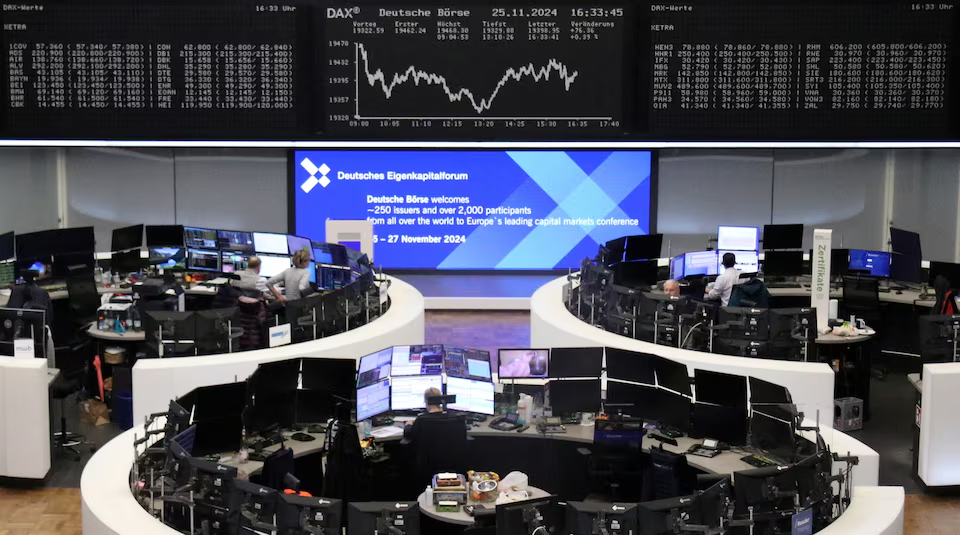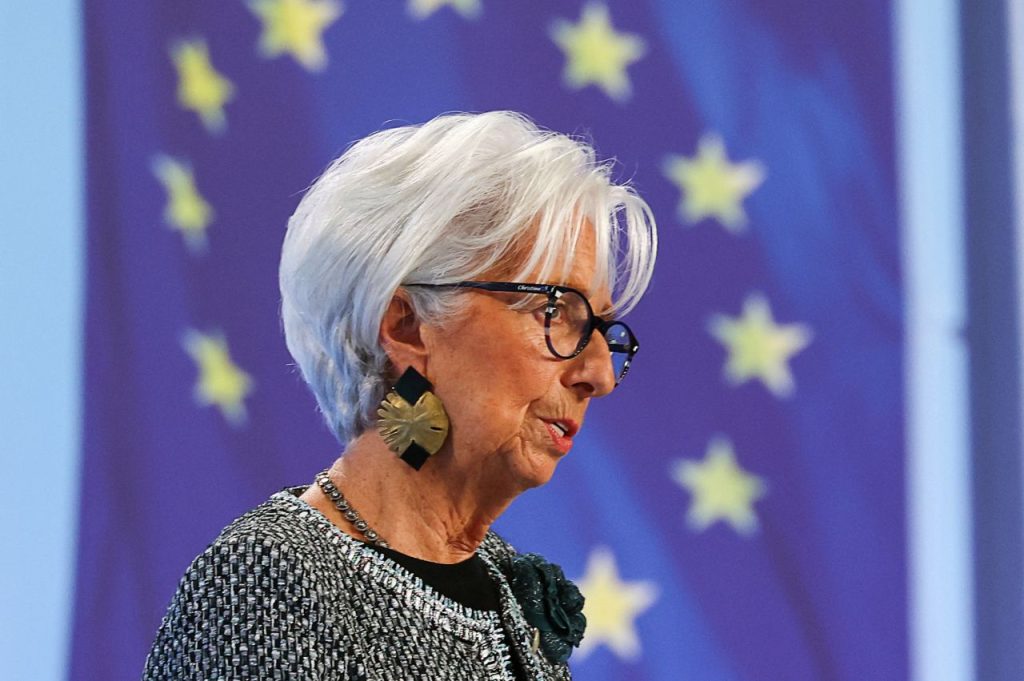Gold Strengthens as Dollar and Yields Decline; US Inflation Data Approaches

Gold prices have seen a notable uptick recently as the US dollar and government bond yields experienced a decline, creating favorable conditions for the precious metal. This shift in the market sentiment comes ahead of the highly anticipated release of US inflation data, which is expected to provide more insight into the state of the economy and future Federal Reserve policy decisions. As investors await this crucial economic report, gold has become an attractive investment as it tends to perform well when yields are lower and the dollar weakens.
The dollar’s slip in value is partly attributed to profit-taking among traders who had previously placed bets on the US currency’s strength. This decrease in the dollar’s value makes gold less expensive for holders of foreign currencies, potentially boosting demand. The movement in bond yields, particularly US Treasury yields, has also played a pivotal role in the recent rally in gold prices. Yields on US Treasury bonds, which tend to rise when interest rates are expected to go up, have softened as expectations of future rate hikes are tempered by concerns over inflation and economic growth. Lower yields reduce the opportunity cost of holding non-yielding assets like gold, thereby enhancing its appeal as a store of value.
The interplay between gold, the dollar, and bond yields has made for an interesting dynamic in the financial markets. Historically, gold has been considered a safe haven during periods of economic uncertainty or inflationary pressures. When inflation is high or bond yields are low, investors often seek to hedge their portfolios with assets like gold, which tend to hold their value in times of economic volatility. In the current environment, traders and investors are closely monitoring inflation data, as it will provide more clarity on whether inflationary pressures are subsiding or if they continue to pose a threat to the US economy.
This upcoming inflation report is critical as it will influence the Federal Reserve’s next steps in terms of interest rate policy. If inflation is found to be persistently high, the central bank may decide to continue raising interest rates, which could lead to a stronger dollar and higher yields, putting downward pressure on gold prices. However, if the data shows that inflation is under control or easing, the Fed might adopt a more dovish stance, which could lead to a weaker dollar and lower yields, creating a more favorable environment for gold.
Beyond the short-term fluctuations, the broader outlook for gold also hinges on the global economic landscape. While the US economy is a key driver of gold’s price movements, other factors such as geopolitical tensions, commodity prices, and global monetary policies can also influence the demand for the precious metal. As global central banks continue to navigate complex economic conditions, gold remains a popular choice for investors seeking stability and protection from market volatility.
In addition to economic indicators, investor sentiment plays a major role in shaping gold prices. If market participants become more risk-averse due to global uncertainties, such as geopolitical tensions or economic slowdowns, demand for gold could rise. On the other hand, if investors are more optimistic about the global recovery and growth prospects, they may shift their investments into riskier assets, such as equities, which could weigh on gold prices.
In conclusion, gold prices are benefiting from a combination of factors, including a weakening dollar, lower Treasury yields, and growing concerns over inflation. The upcoming US inflation data will be a key catalyst for determining the next moves in the precious metals market. If inflationary pressures persist, gold could face headwinds as the Federal Reserve tightens policy further. However, if the inflation report signals that the economy is stabilizing, gold could continue its ascent, particularly if bond yields remain subdued and the dollar weakens. Investors will undoubtedly be watching the inflation data closely, as it will shape expectations for the Federal Reserve’s next policy moves and influence the broader financial markets.






